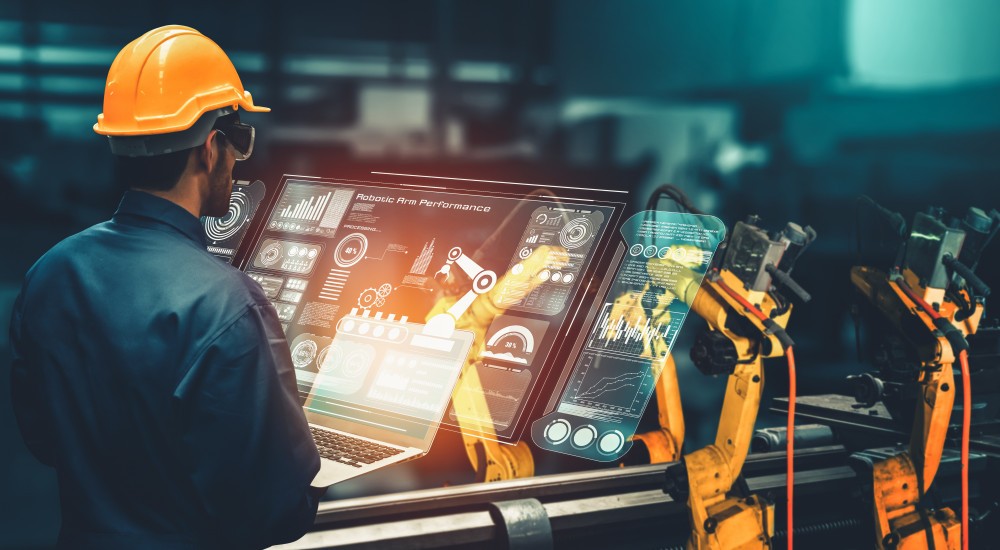The Value of Robotics in Industry 5.0: a New More Sustainable and Digital Business Model

During the pandemic, the industrial sector was one of the most heavily affected by mobility restrictions, work center attendance, and shortages of some components. However, within this context, robotics–specifically collaborative robotics–played a key role, not only in improving and optimizing production processes but also in increasing worker safety due to the high risk of infection in closed spaces. What’s more, collaborative robots contributed in large part to democratizing the use of this technology in SMEs, as their acquisition and commissioning costs are lower than those of conventional industrial robots, and they offer versatility and flexibility in conducting a variety of tasks throughout the production chain.
The characteristics mentioned above are very important when justifying the acquisition of equipment like this, as are their great capacity for integration with Artificial Intelligence systems, making it possible to adapt the movements of the robot to dynamic situations that arise in the daily operations of the production processes. At the same time, the connection of elements and sensors to other elements, machines or information systems, known as the IoT, makes it possible to analyze the current status of the machines, such as their application in digital twins, detecting alarm signals, transmitting alerts and activating the corresponding repair processes.
This context has given rise to the concept of Industrial Artificial Intelligence (IAI), which can be defined as the application of AI to the operations, processes and physical systems of an industry, enabling monitoring, optimization or control of those operations, processes, and systems to improve their efficiency and functions, giving them greater autonomy.
Autonomous Driving
These technological advances are driving competitiveness, in addition to criteria related to environmental and social sustainability. This is where what the European Commission calls Industry 5.0 is born: a new more sustainable, people-oriented model based on a more digital and competitive industry, supported by the development of smarter, more efficient infrastructures.
As a result of the technological innovation in this field, different types of robots and vehicles have come about that are able to move without any direct control for a driver or a user.
Autonomous guided vehicles (AGVs) are used in warehouses and companies to transport and collect materials through the use of AI algorithms based on images that enable them to understand, map and navigate these environments more efficiently.
Robotics has also led to an evolution in business models, from the most traditional equipment sales models to a technology offer like RaaS (Robot as a Service). There are two ways to implement this model. The first are “cloud robots” that connect to the Internet and offer pay-per-use cloud-based storage, computational or data resources. The second is robotic services that clients can rent for a particular period of time, including technical support and real-time monitoring.
At GMV, we have vast experience in the development of innovative technological solutions and projects based on sensor integration and advanced automation, working on three lines of activity within robotics: collaborative, industrial, and autonomous.
Author: Ángel C. Lázaro Ríos